At all times, key players in the fashion industry use their social platforms to point out their biggest issues: racism, sexual harassment, body diversity, both on and off the catwalk. But as the editors of The Cut and Fashionista recently mentioned, the streets are still a popularity contest – the people in the photos are slim, white, and famous. Aside from diminishing interest in street style as an inspiration outlet, it seems that the art of documenting current trends, and the people who wear them, feels more dated than ever. But it will take more than outrage to fix them, because diversity in street style is much more difficult to achieve than diversity on the catwalks. But don’t take our word for it.
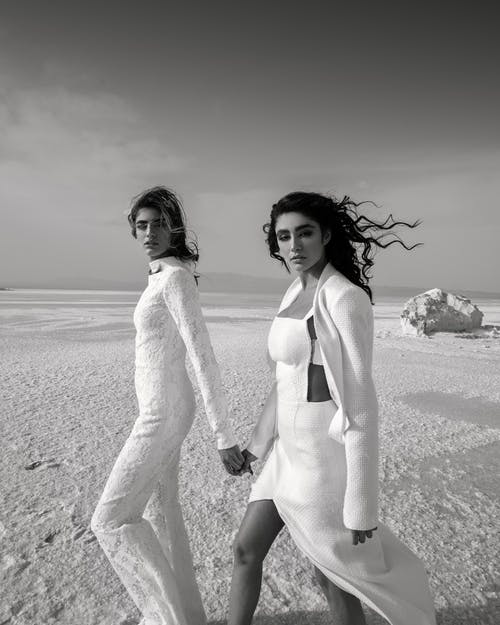
After asking a group of street style photographers, from Tommy Ton to Melodie Jeng, a series of questions about the state of diversity in the industry, the imbalance between diversity on the runway and the streets, and why are we all So angry, their responses highlight a problem that inspires many tweets, but no real solutions. Not all of them agreed to comment, and some of them were not even allowed by the publications that employ them.
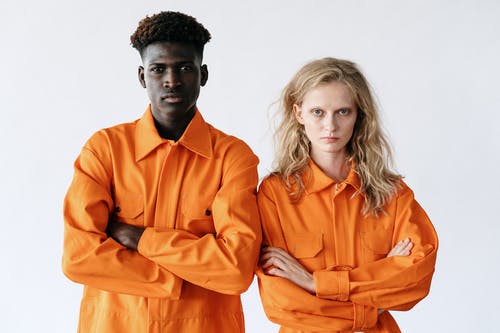
At first, we liked the street style because it wasn’t about celebrities, but about real people. But then real people became celebrities and iPhones replaced a craft that, like most things in fashion, was forced to evolve. Because of this, we are seeing the unconscious bias develop in the street style as it did the catwalk, and the focus of industry criticism has changed. It is not until now that people start to notice the real trends, and we are not talking about clothes.
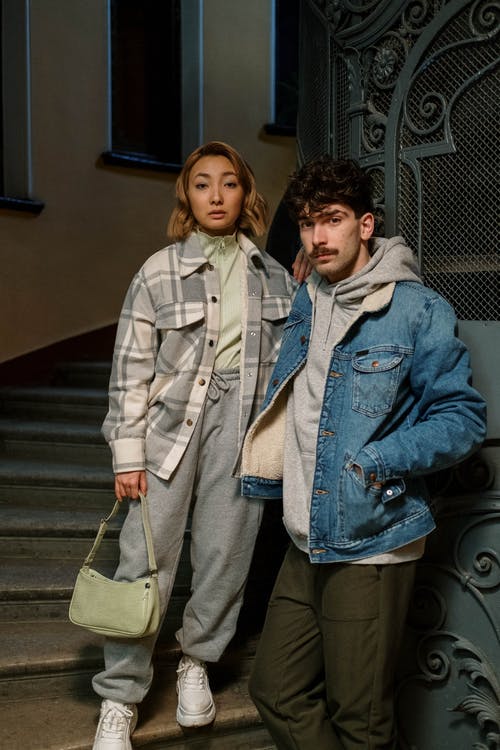
The homogenization of street style is more obvious for those who do not take their photos as often as others, or never, than for those who attribute it to part of their status. However, none of this changes the fact that taking a photo has always been, and still is, a compliment (and a privilege, for some).
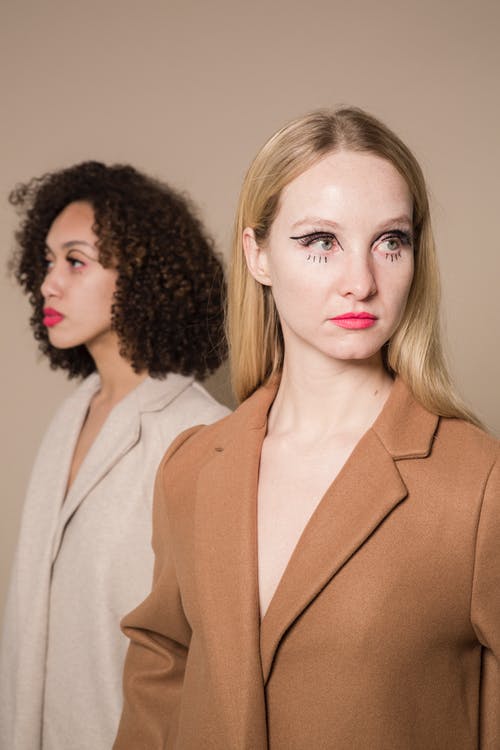
So why are certain people shot and others ignored? Is it the fault of the photographers? Photo editors? Or is it the PR agencies that make the guest lists? Because, unlike the catwalks, there is an element of reality in street style that gives a much more accurate reading of whether the industry is really as diverse as it says it wants to be. If we broaden our view of what constitutes an outfit worth filming, would it show a more diverse street scene? Or would it be more of the same?
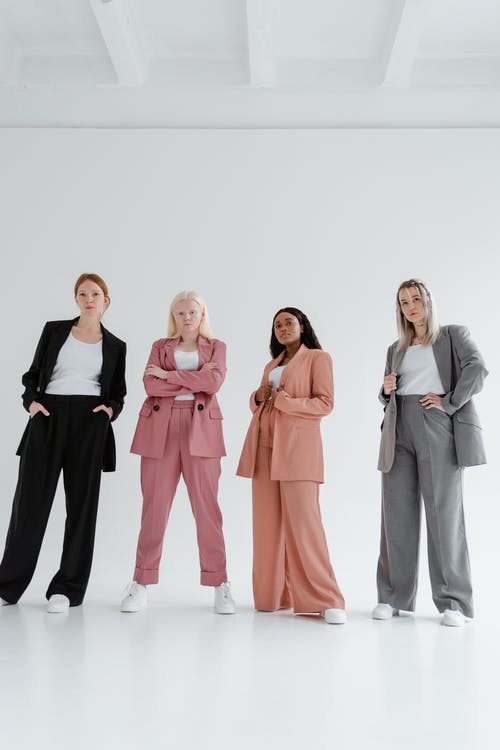
There’s a lot to glean from the interviews ahead of us, especially when it comes to who has the final say in what’s posted, but what ends up in the cutting room says as much as what’s actually posted. So if fashion photography is supposed to reflect time, then maybe it will. Accompanied by the photos they chose to represent their views, this is what photographers want you to know.
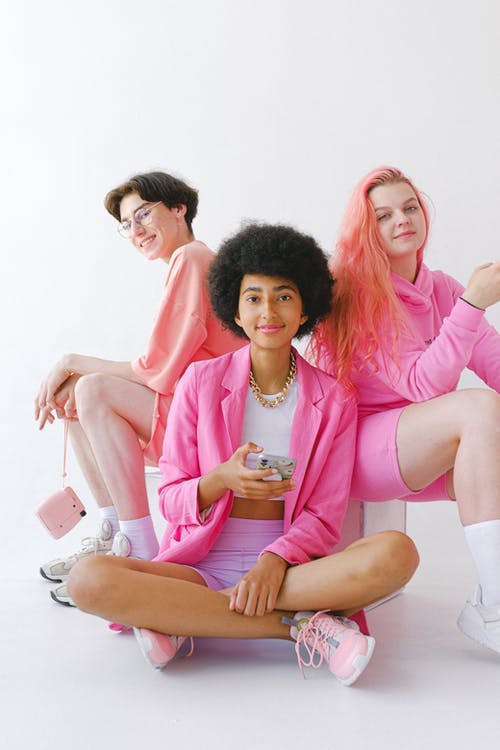
Leave a Reply
You must be logged in to post a comment.